An Athletes Guide to Chronic Knee Pain by Anthony Mychal
$25.00
Product Include:[1 eBook – PDF]
File size:8.71 MB
An Athletes Guide to Chronic Knee Pain by Anthony Mychal
**More information:
Get An Athletes Guide to Chronic Knee Pain by Anthony Mychal at Salaedu.com
Description
Anthony Mychal – An Athletes Guide to Chronic Knee Pain [1 eBook – PDF]
Your Answer to Patellar Tendonitis, Jumpers Knee, and Patellar Tracking ProblemsYou cant run. You cant jump. You cant squat. Even standing up from the toilet it a chore. Your knees are in shambles. And there you are, laying in bed, waiting for the physiology gnomes to tap your knee with a magical star wand and make everything “all better.” Thats your first mistake. Find out why laying around like a slug while your intestines stop churning isn’t the answer to chronic knee pain (and learn about two more mistakes you’re making.).
The Three Biggest Chronic Knee Rehab Mistakes You’re Making
1.Youre waiting for magic gnomes to fix your knee.
Your knees! Your sweet and sacred knees! Theyre in shambles!
They bother you at all hours of the day. Getting in and out of the car. Standing up from chairs. Cutting a rug on the dance floor. And let’s not even talk about how they feel when you try to exercise or play any sports.
Conventional wisdom says to rest. Lay in bed. Slug out. Wait a little while before you go back to squatting, running, or jumping.
Conventional wisdom is wrong.
What do you do if your car breaks down? Do you leave it in the garage and hope it fixes itself? Knee pain isn’t natural. Something is wrong. Its always going be wrong unless you fix it.
The traditional theories of chronic knee pain rehabilitation are based on an arbitrary concept of being damaged one day, resting for a little bit, and then all-of-the-sudden being healed the next day. Theres no transition. No regard for what caused the injury. No preventative measures. Its sad to say, but popular rehabilitation teaches long term failure and continual re-injury. Theres a new way. A better way. A proactive way.
Waiting around for your chronic knee pain to heal is stupid. Unless (and this is a big unless) you have some sort of short term inflammation or problem (which, by definition isnt chronic—for more on this make sure you check out my omissions as a part of my No Ass-to-Risk Guarantee).
If its still fuzzy I got one more analogy for you: Say you have a friend named Kong. Kong likes touching hot things. Dont ask me why. That’s just Kong.Youre a good friend of Kong so you get rid of anything hot he has access to. Its a good short term solution. But is this fixing anything? Is Kong really “healed?”No. If he comes around hot things again he’s still going to touch them.
Just because you’re avoiding pain doesn’t mean youre fixing the problem. And what do you do if you have a problem? You gotta’ fix it with some easy to follow directions. (More on this later.)2.
Youre focusing on the wrong muscles.
Take a look at the pictures below. They are random YouTubers doing standing vertical jumps. The guy on the left claims a 30 vertical jump. The guy on the right, 50. (Which is very high, so let’s just say 40 to account for internet inflation.)Aside from the raw numbers, theres a difference between the two: I consider one a knee pain candidate, and the other a knee pain conqueror.
An Athlete’s Guide to Chronic Knee PainBelow are more still shots from YouTube, but with NFL combine athletes (a little less random than, well, random YouTubers).
Notice how their body positions are more similar to the guy on the right half of the comparison shots above. It may seem like a coincidence, but its not. In fact, it has everything to do with both chronic knee pain and athleticism.
But how?Where theres smoke, theres fire. Youve heard that saying before, right? Makes sense. Except by focusing on the fire you miss the dude running out of the back of the burning building you know, the dude that caused the fire.
Chronic knee pain suffers do a bunch of stuff for their knee. Youve probably done leg extensions. Leg curls. If youre really into this game of athletic physical culture like I am, youve probably done terminal knee extensions (those exercises with the band looped behind your knee cap).
I did all of them before. And all of them made my knee worse. No joke. My knees hurt more after I went on any rehabilitation program that put all focus into the knee.
But the knee isnt the problem.
Your leg is made up of a ton of muscles and three main joints: the hip, the knee, and the ankle. The knee is the middle man. Its health hinges on the joints above and below it.
This really hit me when I found out that most elbow pain (during chin-ups, golfing, tennis) is actually caused by the wrist. The body is one piece. If you have chronic knee pain, stop looking at your knee for answers.
So the question is then: if the knee is the victim, then who is the culprit?3.
You’re lacking emotional investment.
I have a serious question: What are your knees worth to you? Seriously. Think about it. What does your knee let you do that you love doing? How does it feel not being able to do it?
Movement is my life. I trick. I strength train. I even make a living writing about fitness, and I fully believe in entrenching myself in the stuff. None of this would be possible if my knees couldnt hold up.
But at one time they couldn’t. And it wasnt until I completely lost myself that I realized how lazily I went about trying to fix my knees. You know that old saying: you don’t appreciate something until its gone? That explains it exactly.
Dont let your knees hold you back. Give them the care they need so that you can do whatever makes you feel alive. So that you can do the things you love doing — the things that form your identity as a person.
So think: what are your knees worth to you? That $300 treadmill is nice…if you’re healthy enough to use it. That $30 monthly gym membership? Those kettlebells and barbell you just bought? All nice. But only if you can use them.
At my worst, I was willing to give just about anything to regain my old lifestyle. And I did. The problem was that nothing worked…until I recreated and reconceptualized the problem and found an unconventional equation that explained why everything I was doing to fix my knees would never bring me the results I wanted.
I consider this equation the key to fixing chronic knee pain. And since I want to see you come out on the other side of this problem, I’m going to let you in on this secret equation soon.”Do your knees still make that noise?What a combined mess of tendonosis and patellar tracking problems sounds like To answer one of the most common questions I’m asked: No. They never make this noise anymore. I posted a YouTube video of my knees back in 2009, at the height of my problems. I was just trying to find answers. But I couldnt find any. Thats why I vouched to fix the problem myself. So if you have chronic knee pain, know that there is hope. Even if your knees snap, crackle, and pop like mine did.
The one equation you gotta remember. (Even if you hate math.)I guess after that video, itd be a good time to let you know who I am and where I came from. My name is Anthony Mychal, and I run AnthonyMychal.com and I’ve written for some awesome fitness magazines and websites like T-Nation, Schwarzenegger.com, Greatist, Elite FTS, My Mad Methods, and STACK — some of the articles written are about knee pain.
I know about knee pain, and understand your struggles, because Ive had just about every chronic knee injury possible – tendonitis, jumpers knee (tendonosis), and patellar tracking problems. I was told rest and painkillers were my only options, and that my knees would never be quite “right.”So Ive popped pills. I’ve iced. I’ve rested. I’ve wasted over $100 in medical fees and supplies in less than one year just trying to feel somewhat healthy. Thats not mentioning the braces, creams, and supplements that never worked.
Chronic knee pain — tendonitis, tendonosis, jumpers knee, tracking problems (basically all of the nasty stuff you get from being active) — is a different kind of problem. Any old rehabilitation — especially that commonly used for more serious internal injuries (ligament and meniscus) — doesn’ work.
And for a long time I fell trap to popular methods. I did the vastus medialis thing. I did the more-hip-dominant strength training thing. I did the terminal knee extensions and the peterson step ups. The leg extensions and hamstring curls. The icing and heating. The best restNothing workedAfter months of self and client experimentation, I realized that fixing chronic knee pain isnt that much different than reaching peak athletic potential because the answer is in movement. True chronic knee pain rehabilitation enhances athleticism. (Remember those pictures?)If you have pain squatting (back squatting, front squatting, any kind of squatting), running, or jumping, you need to learn how to move more athletically. This doesn’t just happen. You have to make it happen. You have to retrain your body.
Knee health follows a neat algebraic equation: feet + hips = knees. It just so happens that athleticisms algebraic equation goes like this: feet + hips = athleticism.
Hips + Feet = KneesHips + Feet = Athleticism
A dysfunctional knee is rarely a faulty knee. Knee-centric rehabilitation methods make the problem worse and kill athleticism. An Athletes Guide to Chronic Knee Pain was written and programmed with this in mind. It’s designed to reduce chronic knee pain, but has the pleasant after effect of constructing athletic movement from the ground up.
Here just some of the features and benefits that An Athletes Guide to Chronic Knee Pain affords:It promotes lifelong change so that there is no regression in the rehabilitationIt constructs athletic movement so that your knees not only get better but your foundation for athleticism is enhancedIt includes a safe progression of exercises with little necessary equipment so you can do the training anywhereIt cures chronic knee pain so you can run amok, jump around like a wildebeest, or squat like a maniac
It relieves you of the mental anguish of being constantly down and out because of your chronic knee painEven if you don’t have knee pain now, you might in the future. And the information within An Athletes Guide to Chronic Knee Pain is great for preventative measures. It will teach you how to move in a way that puts less stress on the knee. This is huge for anyone doing anything physically demanding. It will extend your playing and “fun” days.
Thats why I wrote An Athletes Guide to Chronic Knee Pain Theories and Solutions for Patellar Tendonitis, Jumpers Knee, and Patellar Tracking Problems. It discuss the overriding philosophy and lays the foundation with an eight week rehabilitation program that focuses on building endurance of select athletic musculature.
No leg extensions. No leg curls. No bed rest. Just a seriously comprehensive look at athletic movement and chronic knee pain.
Questions, AnswersQ: Is this program for a beginner?
A: Yes, it can be used by someone that has no formal training. I will say that a background in barbell training is useful to pick up on the terminology, but its not life or death requirement.
Q: Is there an age requirement?
A: No, absolutely NONE. All exercises begin at bodyweight and are progressed in a sequence. There is NO heavy loading in the initial program, and the second book (that has heavy loading) is optional. The book, however, is written for athletes so keep that in mind.
Q: How long is the program?
A: It lasts forever. Don’t think Im kidding. The initial rehabilitation program is eight weeks long, but the principles you learn will carry with you for the rest of your life. This is one of the reasons behind the effectiveness of the program. The second half of the rehabilitation (strength part) takes places after.
Q: How often are the workouts?
A: Every day. Or five days per week. Were reprogramming the body. It takes time and frequency. If you cant handle this, then this product isnt for you. Ill say it again, if you’re not willing to put in the work, this system will not work for you.
Q: How long do the workouts take?
A: They shouldnt take more than an hour and can be done in the convenience of your own home. The only equipment needed is an exercise band during the first eight weeks. After, a sequence of progressions is used with a barbell and those workouts will take longer. It’s the nature of the beast.
Q: Can I still do lower body exercises while on the program?
A: Sadly, no. Squatting and deadlifting will have to take a back seat for the duration of this program because were reprogramming the body. How can you expect to heal yourself if you continue to expose yourself to your pain producing movements? The movements will be reintroduced gradually and sequentially.
Q: What separates you from everyone else?
A: I use a unique approach that focuses on every joint in the lower body, except the knee. I fully believe that the knee pain is a victim, not a culprit.
More Course: FITNESS – HEALTH – MEDICAL
Outstanding Course: https://tradersoffer.forex/product/complete-latest-in-clinical-nutrition/
1 review for An Athletes Guide to Chronic Knee Pain by Anthony Mychal
Add a review Cancel reply
Related products
Health – Fitness – Medical
Health – Fitness – Medical
HEALTH - FITNESS - LIFESTYLE - MEDICAL
Health – Fitness – Medical
Health – Fitness – Medical
Health – Fitness – Medical

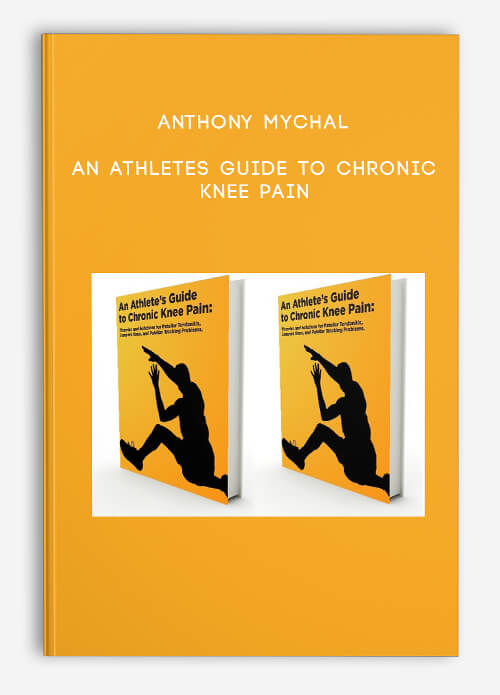
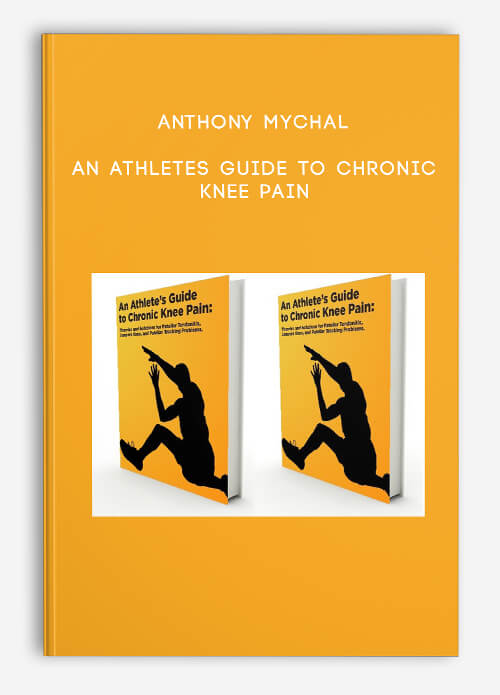
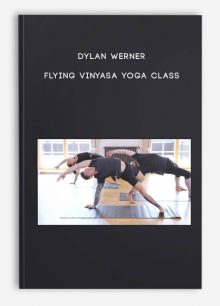
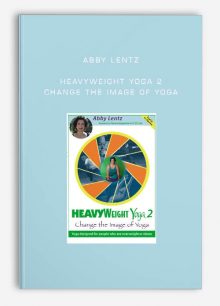
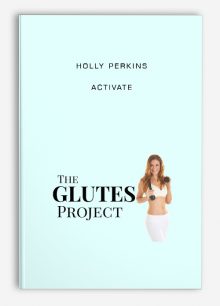
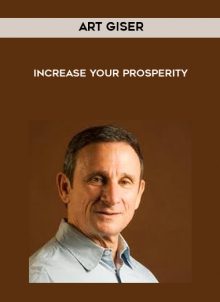
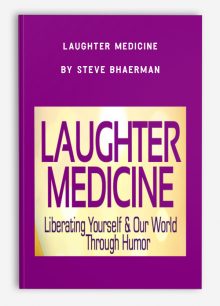
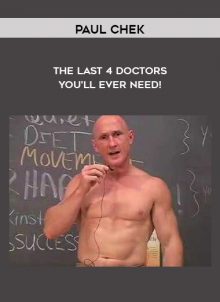
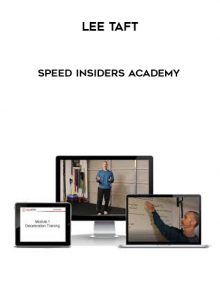
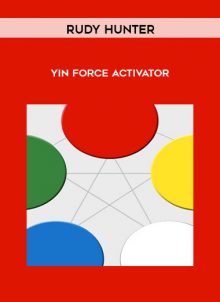
king –
We encourage you to check Content Proof carefully before paying.“Excepted” these contents: “Online coaching, Software, Facebook group, Skype and Email support from Author.”If you have enough money and feel good. We encourage you to buy this product from the original Author to get full other “Excepted” contents from them.Thank you!